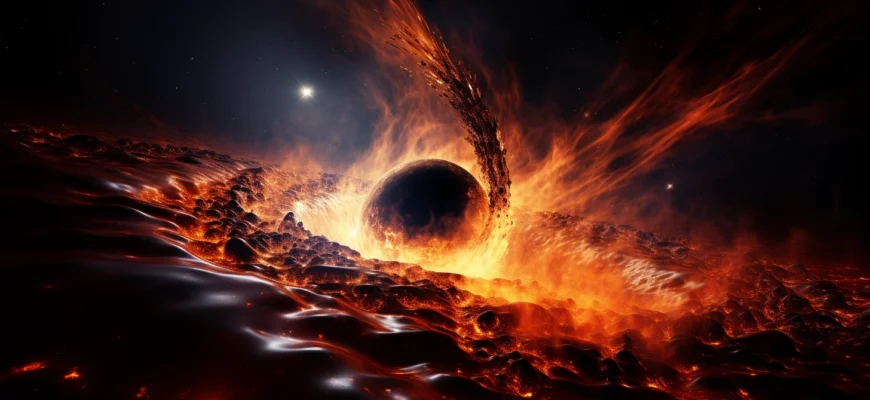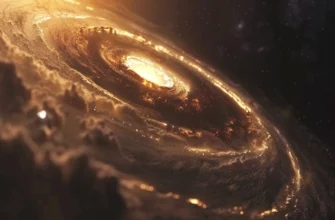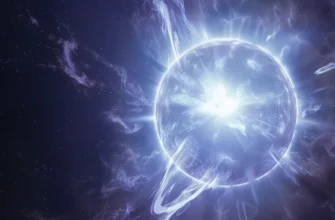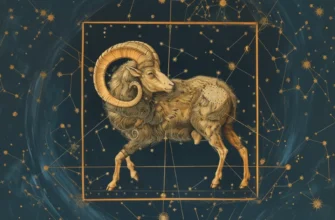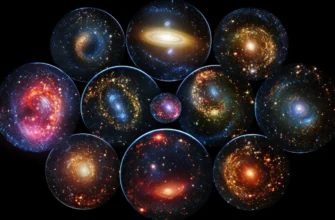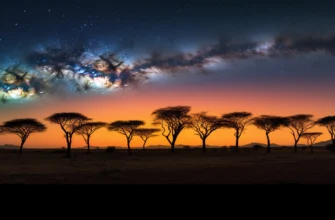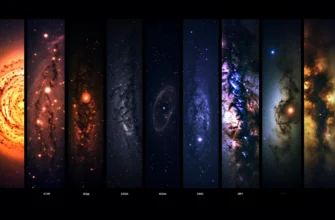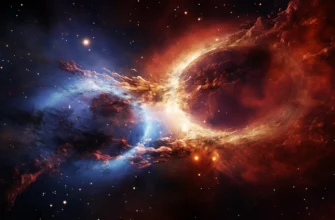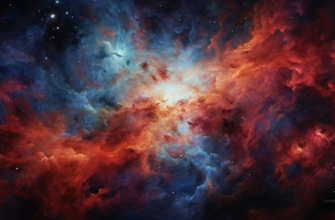Supermassive black holes have ignited immense scientific curiosity and public fascination over the decades. These behemoths, containing millions to billions of times the Sun’s mass, provide critical clues to the evolution of our Universe. Unraveling when and how they formed and grew provides insights into the origins of galaxies and cosmic structures.
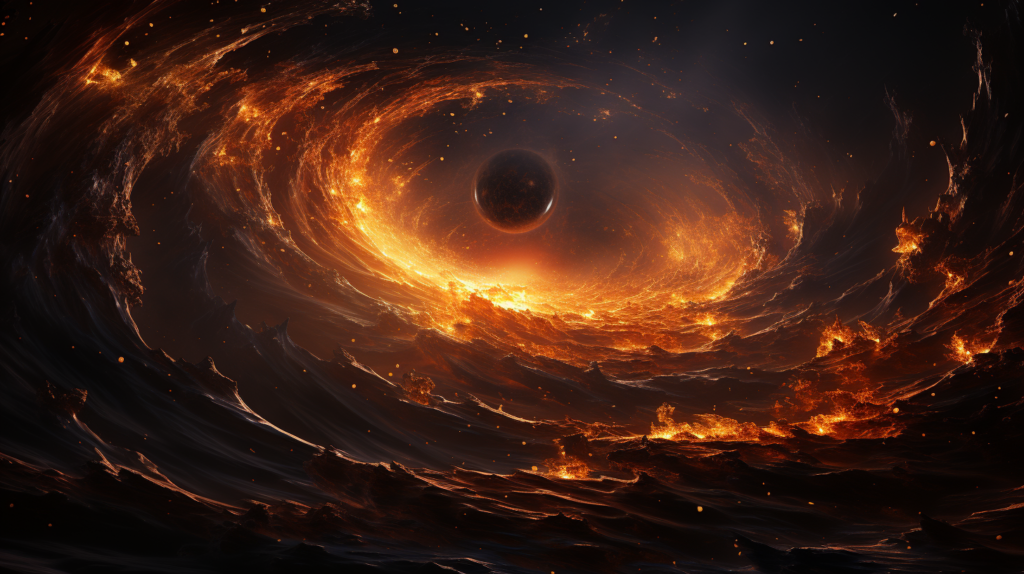
- Discovering Supermassive Black Holes
- Proposed Origins of Supermassive Black Hole Seeds
- Stellar Remnants of the First Stars
- Direct Collapse of Gas Clouds
- Runaway Stellar Collisions
- Primordial Black Holes
- Overcoming Hurdles to Early Supermassive Black Hole Growth
- Signatures to Discriminate Supermassive Black Hole Seed Models
- Ongoing Studies of Supermassive Black Holes
Discovering Supermassive Black Holes
The first evidence for supermassive black holes arrived in the 1990s from the iconic Hubble Space Telescope. By studying the motions of stars near the heart of our Milky Way galaxy, signatures emerged of a mass concentration around 4 million solar masses – consistent with a giant black hole. Additional Hubble observations strengthened the case for black holes in other nearby galaxies too.
These breakthroughs indicated supermassive black holes occupy the centers of most large galaxies today. Further studies revealed surprising links between black hole mass and properties like bulge mass and velocity dispersion of the host galaxy. The clear correlations suggest an intimate co-evolution between supermassive black holes and their home galaxies.
But the most startling discoveries were luminous quasars powered by central black holes at redshifts greater than 6, corresponding to merely a billion years after the Big Bang. Such enormous beasts, containing billions of solar masses, were already in place when the Universe was only 5-10% of its current age of 13.8 billion years.
“The outstanding questions concern how and when “seed” black holes formed, their frequency in early galaxies, and how efficiently they grew in mass during the first billion years.”
These remarkable observations posed an immense challenge: how could supermassive black holes establish themselves so early in cosmic history? Cracking this mystery provides vital clues into the emergence of structure in our Universe.
Proposed Origins of Supermassive Black Hole Seeds
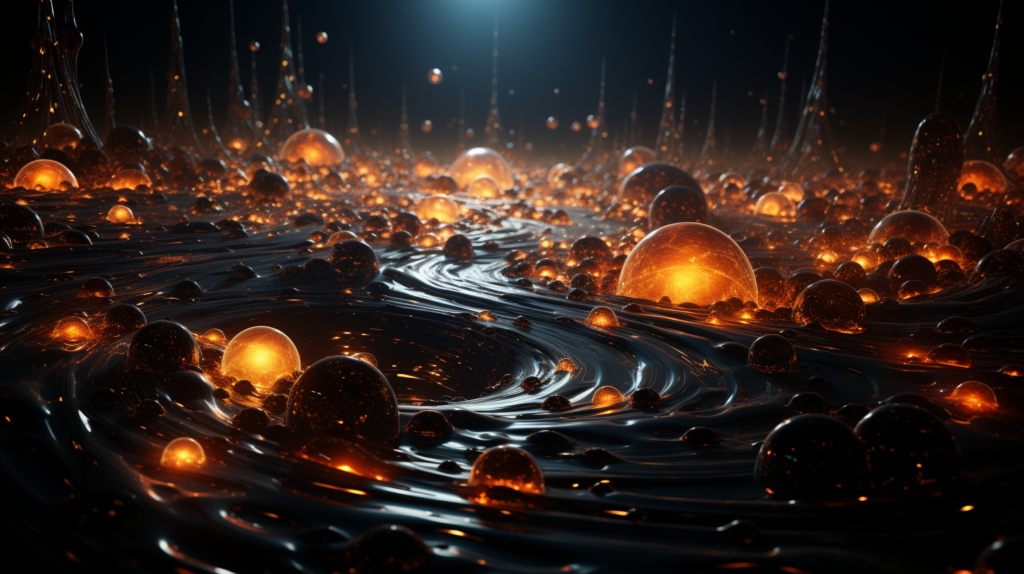
In the decades following their discovery, several possible formation mechanisms emerged for “seed” black holes in the young Universe:
Stellar Remnants of the First Stars
Theory indicates the very first, metal-free stars formed from primordial gas cooling by molecular hydrogen. Lacking metals for efficient cooling, these Population III stars likely had a bias toward high initial masses above 100 solar masses.
Massive Pop III stars would end their turbulent lives as black holes of a few tens to hundreds of solar masses. Clustering of these remnants in early proto-galaxies builds up density in their cores, sowing the seeds for later supermassive black hole growth.
However, many unknowns remain about Pop III properties. If fragmentation yielded more lower mass stars, this channel would not produce as many heavy seeds.
Direct Collapse of Gas Clouds
In metal-poor early proto-galaxies with virial temperatures above 10,000 K, dense gas can collapse directly into a supermassive object and ultimately a black hole seed without fragmentation.
Molecular hydrogen enables gas fragmentation and star formation. But a sufficiently strong photodissociating background can prevent H2 formation, allowing direct gas cloud collapse into a seed black hole of ∼100,000 solar masses.
Runaway Stellar Collisions
In the first galaxies slightly enriched with metals, some gas fragments into stars. The crowded environments in these early stellar clusters can lead to runaway collisions, forging very massive stars that collapse into ∼1000 solar mass black hole seeds.
Primordial Black Holes
Early Universe quantum fluctuations may have birthed primordial black holes. However, constraints on their surviving abundance restrict them to masses below ∼1000 solar masses – likely too low to grow into supermassive black holes.
While a natural path forward, uncertainties linger around Population III remnants as supermassive black hole progenitors. Direct gas collapse and stellar collisions offer intriguing alternative seed channels.
Overcoming Hurdles to Early Supermassive Black Hole Growth
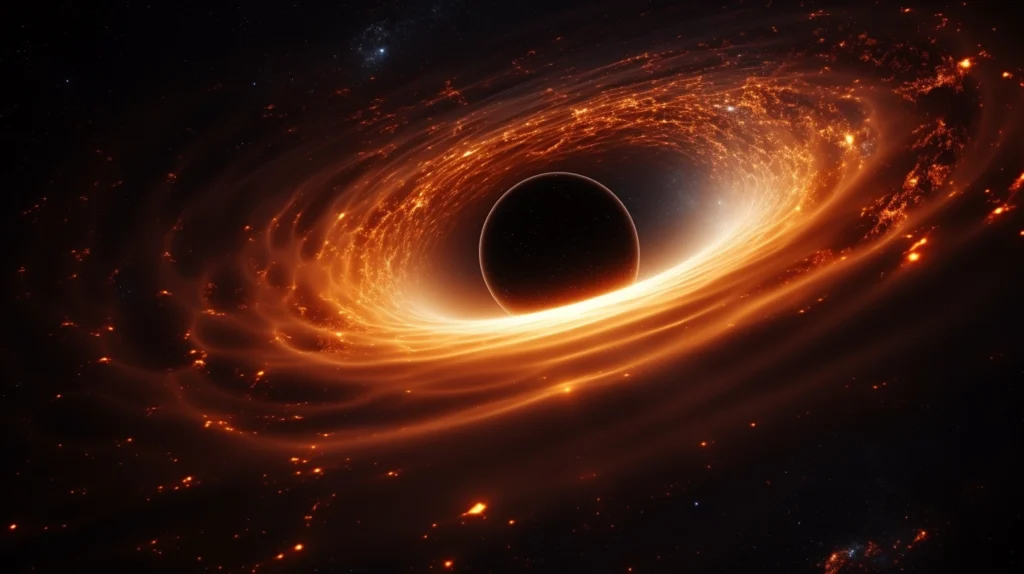
For fledgling seed black holes to have reached billions of solar masses powering the earliest known luminous quasars, they must have undergone sustained, rapid accretion over the first billion years after the Big Bang.
However, early growth was likely hindered by several factors:
- Limited Gas Reservoirs: Small proto-galaxies provided finite gas to fuel accretion.
- Radiative Heating: Luminosity released as matter falls onto the black hole can heat surrounding gas, stifling further inflow.
- Slow Angular Momentum Loss: Gas needs to lose spin angular momentum to accrete, which is gradual in isolation.
- Finite Time Available: Lower mass seeds have under a billion years to grow through accretion and mergers.
“The key puzzle is how seed black holes could have grown so monstrously fast within the first billion years after the Big Bang.”
Researchers continue working to unravel how some seeds surmounted these barriers to achieve colossal growth so early in cosmic history.
Signatures to Discriminate Supermassive Black Hole Seed Models
While late-stage mass growth washes out much of the early conditions, some potentially observable imprints can discriminate between formation models:
- High-Redshift Quasars: The density of detectable quasars above redshift 10 depends on the initial seed mass distribution.
- Gravitational Wave Sources: Models predict different mass ranges and redshifts for black hole merger events.
- Host Galaxy Correlations: Residual correlations between supermassive black hole mass and host properties hold clues to the seeds.
- Black Hole Occupation Fractions: The fraction of dwarf galaxies hosting central black holes relies on the abundance of seeds.
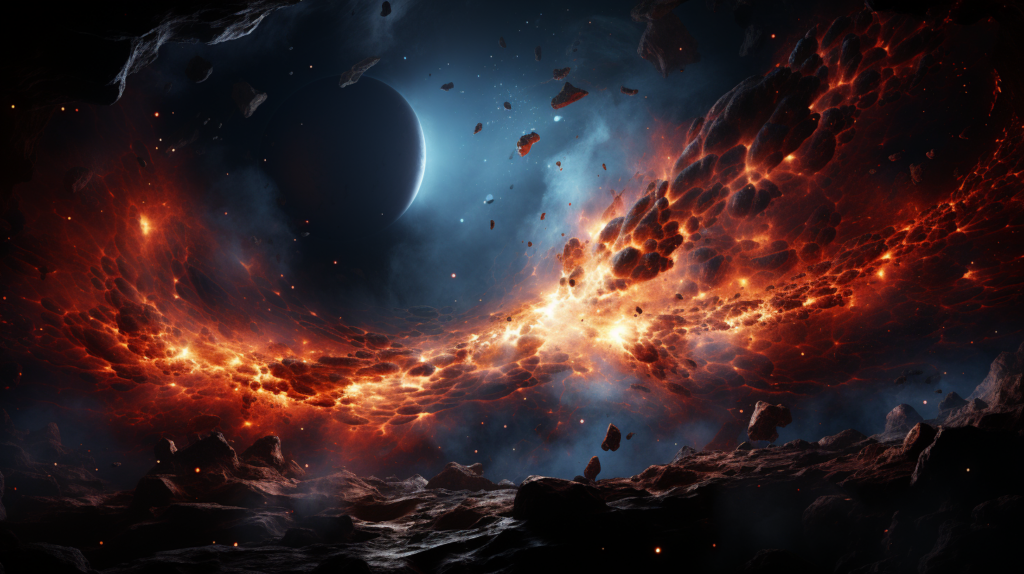
Upcoming telescopes like the James Webb Space Telescope and gravitational wave detectors will provide unprecedented data to constrain supermassive black hole seed theories.
Ongoing Studies of Supermassive Black Holes
Astronomers are persistently probing when and how the first seeds of these black holes emerged and how they underwent rapid growth. Furthermore, they seek to unravel the intricate relationship between supermassive black holes and the galaxies in which they reside across cosmic history. Fortunately, upcoming advances in multi-messenger astronomy, bolstered by innovative space telescopes and sensitive gravitational wave detectors, are poised to reveal fresh secrets.
To delve deeper into the mysteries of these gravitational behemoths that have been present in galaxies for over 13 billion years, it’s essential to stay informed about the latest developments. NASA’s introductory guide to black holes provides valuable insights into the basics, while the European Space Agency (ESA) offers an in-depth look at supermassive black holes. National Geographic also covers the topic of supermassive black holes extensively, exploring their significance.

